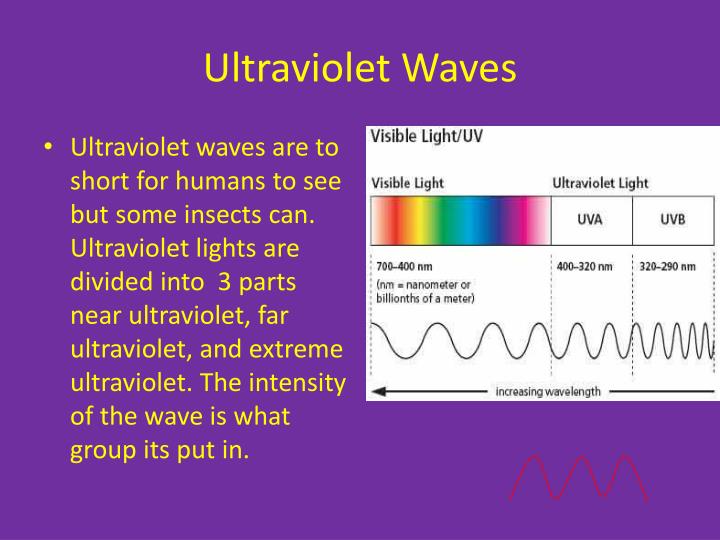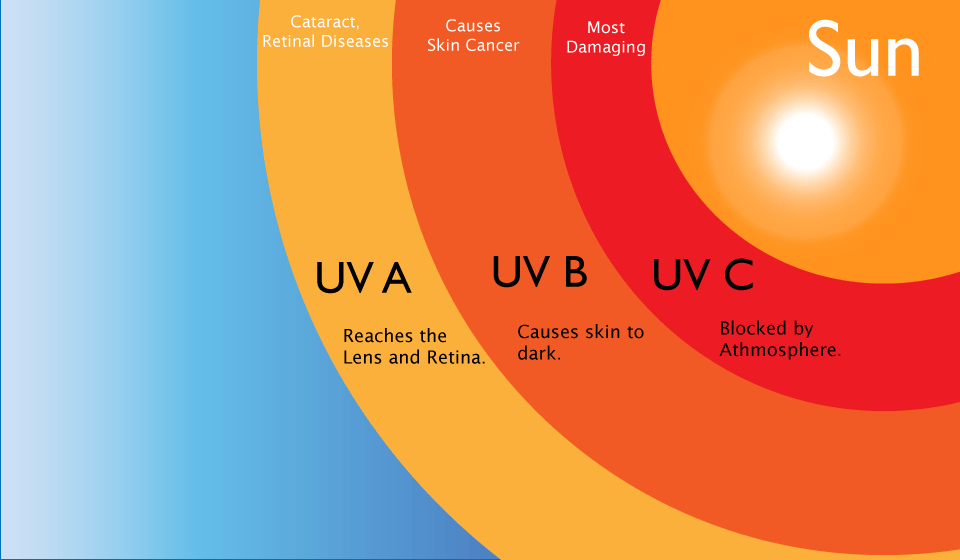In physics what type of light is uv ultraviolet

In physics, what type of light is UV? Ultraviolet.

Ultraviolet (UV) light, a type of electromagnetic radiation, falls into the optical spectrum with shorter wavelengths than visible light and is invisible to the human eye. UV light is commonly known for its presence in sunlight and artificial sources like germicidal lamps and black lights.
What is Ultraviolet Light?
Ultraviolet light is a form of electromagnetic radiation that lies between X-rays and visible light on the electromagnetic spectrum. It is categorized into three main types based on its wavelength: UVA, UVB, and UVC.
UVA: UVA rays have the longest wavelength among ultraviolet rays and are the least harmful to the skin. They are responsible for tanning and are often used in tanning beds and some types of nail lamps. However, prolonged exposure to UVA rays can still lead to skin aging and potentially contribute to skin cancer.
UVB: UVB rays have a shorter wavelength and are more energetic than UVA rays, making them partially absorbed by the Earth’s ozone layer. These rays are primarily responsible for sunburns and play a significant role in the development of skin cancer. Protecting the skin from UVB radiation is essential to reduce the risk of sunburn and related health issues.
UVC: UVC rays have the shortest wavelength and are the most harmful to living organisms. Fortunately, the majority of UVC rays from the Sun are absorbed by the Earth’s atmosphere and do not reach its surface. However, UVC rays are commonly used in germicidal lamps to kill bacteria and sterilize surfaces in controlled environments, such as hospitals and laboratories.
Applications and Dangers of Ultraviolet Light

UV light has various applications in different fields, including:
Sunlight: Sunlight is the primary natural source of UV light, providing essential vitamin D to the human body. Limited exposure to sunlight can help the body produce vitamin D, which is crucial for bone health.
Fluorescent Lamps: Fluorescent lamps, commonly used for lighting purposes, contain a phosphor coating inside the tube that emits UV light when excited by an electric current. The UV light is then converted into visible light, making the lamp glow.
Black Lights: Black lights emit ultraviolet radiation, specifically UVA rays, causing certain materials to glow or fluoresce. They are often used in nightclubs, art installations, and counterfeit detection.
Disinfection: UVC light, with its germicidal properties, is utilized for disinfecting air, water, and surfaces in controlled environments to eliminate or deactivate harmful microorganisms such as bacteria, viruses, and mold.
While UV light has beneficial applications, it also poses potential dangers, particularly to the skin and eyes:
Skin Damage: Prolonged exposure to UVA and UVB rays can cause skin damage, such as sunburn, premature skin aging, and an increased risk of skin cancer.
Eye Damage: Direct exposure to UV light, especially UVC rays, can harm the eyes and potentially lead to short-term or long-term eye conditions. These include corneal burns, cataracts, and damage to the retina.
Conclusion
Understanding the nature of ultraviolet light is essential to grasp its impact on our daily lives. From its presence in sunlight to its various applications in different fields, UV light plays a significant role in both positive and negative aspects. Therefore, taking adequate measures like wearing sunscreen, using protective eyewear, and limiting direct exposure to harmful UV radiation is crucial for maintaining our well-being.
Tags
Share
Related Posts
Quick Links
Legal Stuff

